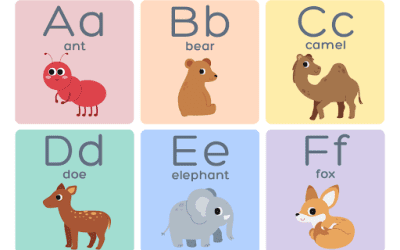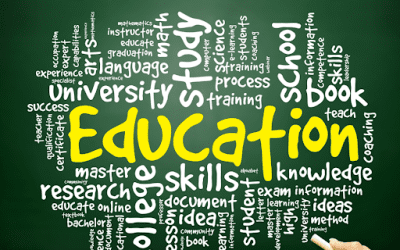This is the second installment in a four-part blog series on authentic learning. We’ll explore what the environments look like that facilitate authentic learning and how to create them.
The first blog explored what authentic learning is and how it can better facilitate student learning. Authentic learning bridges the gap between the classroom and the real world. This creates a concrete connection for students and better equips them to apply what they are learning. Students absorb new material, put it into practice with hands-on activities, and connect it to something they already know. The ultimate goal of authentic learning is to increase student engagement.
The Current Problem
Implementing this approach requires the right environment. Recent studies have shown the breakdown in traditional classroom settings. Part of the problem is the delivery method used in many classrooms. Often, the instructor talks the information at students. This method does not allow for deeper learning experiences. Authentic learning is the way to create those experiences. What does such an environment look like?
10 Characteristics of Authentic Learning Environments
1. Relevancy
The activities students participate in are applicable to the real world. This creates a connection between the knowledge and skills being developed and the world in which students live.
2. Complexity
The activities and assignments students undertake are layered. Students need to complete a number of steps to reach the end goal, and it will take time.
3. Flexibility
These real-world problems should be vague. Students will define the parameters of the task they are facing and work through those tasks.
4. Collaboration
The complexity and flexibility of these tasks will require a high level of collaboration. Authentic learning environments encourage and allow that level of collaboration.
An authentic learning environment fosters a healthy competition of solutions and outcomes allowing for creative thinking and problem solving, while also challenging students. Click To Tweet5. Variety
Solutions to big problems require a combination of different perspectives and resources. An important resource in an authentic learning environment is technology. The use of and implementation of technology and other resources adds to, rather than distracts from, that environment. These environments are equipped to handle this level of variety.
Here are some free content development resources for you to explore.
6. Reflection
The authentic learning process requires students to practice intrapersonal skills. An authentic learning environment encourages them to reflect on the social aspect of learning.
7. Blending
Because real-world problems are rarely limited to one topic or subject matter, it’s important to encourage cross-curricular cooperation. Content and ideas from several disciplines are integrated in an authentic learning environment.
8. Integration
Assessment is an integral part of the learning process, but it should not be a separate entity. Assessment activities should be a part of the classroom activities.
9. Creation
The end products of these learning experiences are valuable in their own right. Having not been created simply to create a passing grade, they are more reflective of those created in the real world.
10. Competition
Whether the idea is well received or not, competition is a part of life. Students will have different ideas, which will produce different results. An authentic learning environment fosters a healthy competition of solutions and outcomes. This level of competition allows for creative thinking and problem solving, while also challenging students.
Remember, not every characteristic listed here will be adhered to constantly or in every activity. The purpose is to outline some of the most effective strategies when creating authentic learning environments. For more information, check out this handout on a blended learning curriculum.




